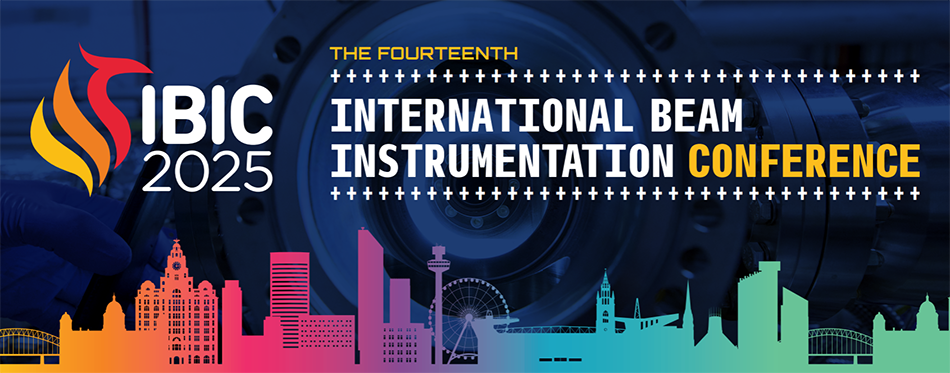Speaker
Description
Solid State X-ray beam position monitors (XBPMs) are an established reality for in-line, real-time monitoring for X-ray beams. Commercial products are available in different materials, such as diamond (CIVIDEC, DECTRIS) and Silicon Carbide (SenSiC GmbH)*. One issue related to this class of devices is the presence of a separation cross in the center of the device, used to obtain four independent diodes to reconstruct the position of the beam. When dealing with monochromatic highly focused beams, diffraction effects could occur. To overcome this issue, a device inspired by Position Sensitive Diodes (PSD) is currently under study by SenSiC. This device, named “resistive-XBPM”, consists of a thin (1 um – 10 um), 5mm wide, 4H-SiC single-crystal free standing membrane. An additional thin resistive layer allows, for the four metallic contacts on the edges of the device, to collect charge which is proportional to the position of the beam onto the surface of the device. A dedicated electronic system has been optimized to have the simultaneous reading of the four channels, thus achieving real-time reconstruction of the beam position without the limits of the “standard” XBPM-type sensors.
Footnotes
*Nida, Selamnesh, et al. Synchrotron Radiation 26.1 (2019): 28-35.
| I have read and accept the Conference Policies | Yes |
|---|

